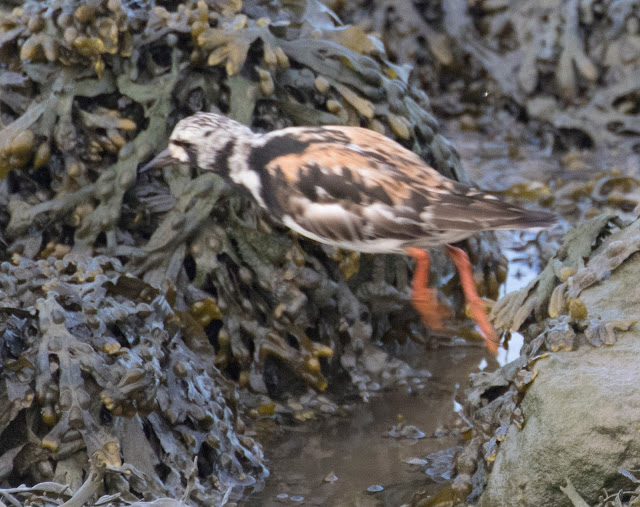Just made it to the first viewpoint before it started raining.
On Conoco, there were lots of Coots, Redshank, Little Grebe, Great Crested Grebe, one Moorhen, five little Egret, and just one Tufted Duck. Met a nice chap called Marcus.
From the first viewpoint and the spot on the West side of Radar pool, there were some lots of Coots, Little Grebe, Great Crested Grebe, with some Black-tailed Godwits and Avocets, Redshanks, two probable Greenshank, some Little Egrets, a few Tufted Ducks, Black-headed Gulls, one Grey Heron and also a Wren chitting off to the right. A group of Greylags flighted over, but the rain soon set in and I bailed out!
On Conoco, there were lots of Coots, Redshank, Little Grebe, Great Crested Grebe, one Moorhen, five little Egret, and just one Tufted Duck. Met a nice chap called Marcus.
From the first viewpoint and the spot on the West side of Radar pool, there were some lots of Coots, Little Grebe, Great Crested Grebe, with some Black-tailed Godwits and Avocets, Redshanks, two probable Greenshank, some Little Egrets, a few Tufted Ducks, Black-headed Gulls, one Grey Heron and also a Wren chitting off to the right. A group of Greylags flighted over, but the rain soon set in and I bailed out!
























